To a large extent, broadcasting companies continue to believe that digital transmission consists of higher quality sounds through digital audio broadcasting (DAB). But DAB is but one of its applications. Digital transmission does not necessarily imply better quality, although it does imply greater flexibility to obtain a number of purposes in terms of the transmitted signal, and one of those applications is sound. Most importantly, it opens up a whole new landscape in services that can be transmitted – and that are not limited to sound alone.
Thanks to digitalization, the broadcasting industry can be taken to a higher level of service, offering a number of options in this system. Since all forms of human communication are being (if they are not already) converted to the latter format, a digital station would be able to broadcast all kinds of formats. These additional types of streaming include photographs, graphics, texts, video, etc. In the digital world of tomorrow, transmission is going to be more than just images and sound – or, in the case of what radio is today, more than just sound.
Another important benefit of the digital format is that it offers the opportunity for both real-time and non-real-time transmissions. Currently, transmitters are tied to real-time spaces due in large part to the fact that receivers are "dumb terminals" with little or no memory. These can hardly receive a single service in real time. As receivers become more and more converted to digital (and ultimately, with the ability to receive digital transmissions) they will be smarter and have their own memory. The digital receivers of the future will then be similar to the computers of today. With this greater capacity of memory and intelligence, the stations can begin to broadcast transmissions not linked to real time and save the information in the receivers for display or subsequent retrieval, at the will of the consumer.
Applications such as RBDS and Coupon Radio are telling examples of these pioneering digital services. One of the real benefits of a service like coupon radio is being able to couple streams that are real-time with those that are not. This combination paves the way for a range of new opportunities for marketing, sales, programming and new services that broadcasters can offer.
In conclusion, there are two concepts of great importance that must be understood. The first is that these allow the current broadcaster to move to a higher level of service and use the spectrum of transmission in new ways that transcend images and sound. The second important concept is that through digital transmission, a station, whether radio or television, can become a station in both real and non-real time – which establishes fantastic possibilities for new and interactive services.
Virtually all the converging possibilities of media, multimedia and the information superhighway depend on digital communications. During the transition to digital transmission, the industry will have new routes of participation as a provider in this superhighway.
Think about the possibilities
Broadcasting technology is one of the most effective and efficient forms of communication known and digital transmission will end up reinventing it. Within the transition to digital, broadcasters have the opportunity to reinvent themselves, to become multimedia stations and to offer a multiplicity of services with a flexible base through digital transmission. These services may include voice, video, data, and one-sided or interactive options.
As microcomputer technology advances toward an increasing number of consumer devices, we must realize that both radio and television receivers will accommodate much more than just images and sound. Stations can also provide services to other microprocessor-based receivers, so they need to start thinking about services that could be provided to "smart" equipment such as Personal Digital Assistants (PDAs), laptop, palmtop and desktop computers, pagers, radiocomputers, etc. The vast list of potential recipients is limited only to creativity and not technology. Digital broadcasting gives broadcasting stations the opportunity to use their spectrum differently than they have in the past. By digitizing the transmission path, they will make a quantum leap relative to analog transmissions and gain the ability to delve into multimedia streaming, offering multiple services within the same channel. Digital transmission extends the ability to simultaneously produce a wide range of massive, customized utilities. In addition, such benefits can be supplied to a variety of receptors for recovery and observation.
Multimedia streaming can be provided to provide many different broadcast services on the broadcasting channels. Broadcasters must take the first step.
In the case of broadcasters, progress is already being made towards digitizing their operations, beginning to insert information into FM subcarriers, such as RBDS. The difference is that when the entire channel has been digitized, there is an immensely greater capacity to distribute information. In addition, digital transmission is much less subject to error when compared to analog transmission. One of the impediments to the current RBDS standard is that the performance of data production is too low to be meaningful. Once the data rate is increased or the bandwidth of the entire transmission is digitized, the possibilities will be unleashed.
In radio, digital transmission presents the possibility of incorporating multiple audio signals into a digital data stream; updated traffic and weather advances in real time, as well as other emergency warnings, could be shown on air or reproduced by request; likewise, separate bitstreams could be allocated to e-mail, people location, PDAs, data transmissions, faxing, global positioning systems (D-PGS) and RBDS (or RDS). In theory, all these additional transmissions could also be achieved simultaneously with real-time transmission, as it is today.
Creativity is the key
The only limit to all this is creativity. The content of additional digital transmissions can be anything that could be transmitted to potential receivers. This is the appeal of digital and multimedia streaming: bit settings can be changed instantly. Broadcasters often claim they understand the concept, but where do they get the data they need to transmit? A station could create many of these services on its own or distribute others originating in a different location. And indeed, many of these "networks of the future" already exist, including CompuServe, America OnLine, DowJones, Prodigy, etc. The problem with its current distribution system is that it is very complicated and expensive, to which is added the slow speed of transfer (rate) of the data. If these services were transmitted, they could be offered to consumers at a much lower cost and much more quickly.
Resource localization
As a separate case, we once asked a major marketing broadcaster, located in the American snow belt, how many schools called during snowstorms to request that the station announce that their school would open or close that day. The answer indicated that there were about 600. No listener is interested in hearing the report on 600 schools, but they do care a lot about knowing about the two or three where their children are. What if we took the information about the 600 schools, digitized and disseminated it through digital transmission, and the consumer could "program" his "radiocomputer" to capture from the digital transmission only the information about the three schools that concern him? These three schools would appear on a receiver screen or could be transcribed into a printer or received on a laptop or radiocomputer in the car, and so on.
In this way, along with such digital transmission, advertising would come. Moreover, this digital transmission would be able to routinely supply school menus, additional details about school activities and even messages addressed to some parents in particular. In addition, everything could be supported by advertising support or be part of a subscription service.
To capture more information
As another curious fact, when a broadcasting station goes on the air with a space and real time announcing a new car, what if the consumer could activate a button on "more information" to get additional data about the new car, such as a list of options, the prices of these, the total price of the car, additional photos, colors, other models of vehicles from the same manufacturer, a list of questionnaires, a map of how to get to the nearest dealer, etc.? This information could be displayed on a computer, telecomputer, printer, or other medium.
This is the interactive communication that can be obtained with digital transmission. We know that computer software is constantly being updated. In tomorrow's digital transmissions of software, computer updates and games can be transmitted to "radiocomputers" for the benefit of computer users. The broadcasting stations have the best technology and unique advantages, since they are wireless; its coverage is universal!
When talking about broadcasting, our opinion is that memory and intelligence belong to the consumer. In the midst of this revolutionary conversion, broadcasting companies can offer services never before imaginable.
© 1995 National Association of Broadcasters.







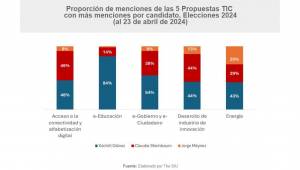


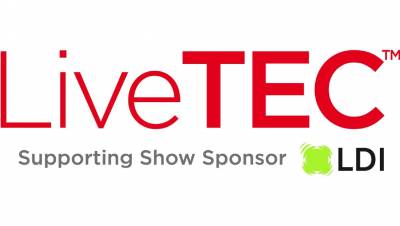

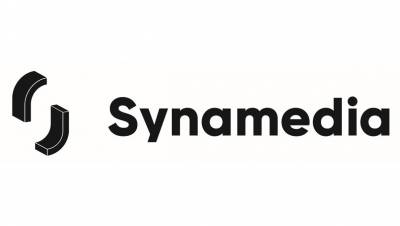


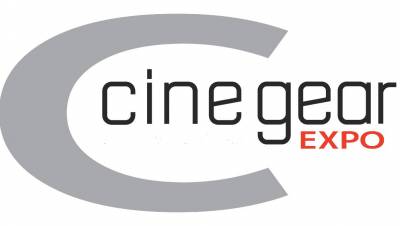







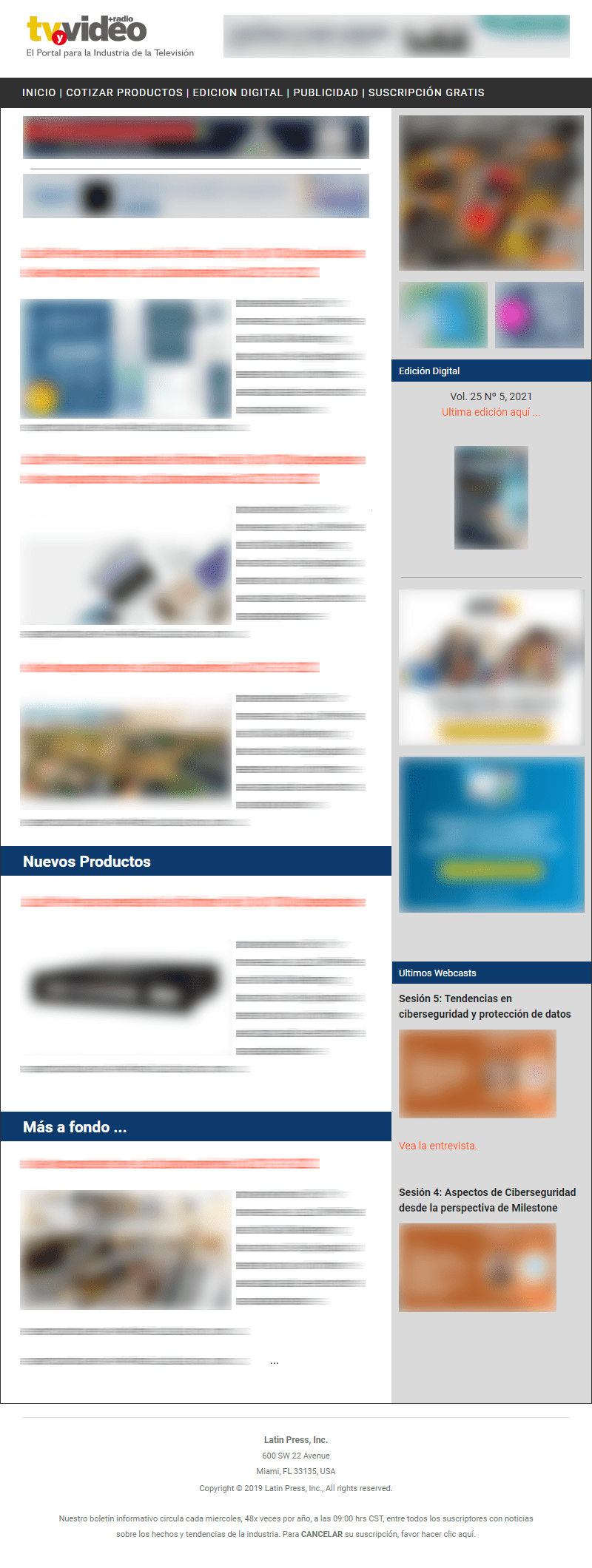
Leave your comment